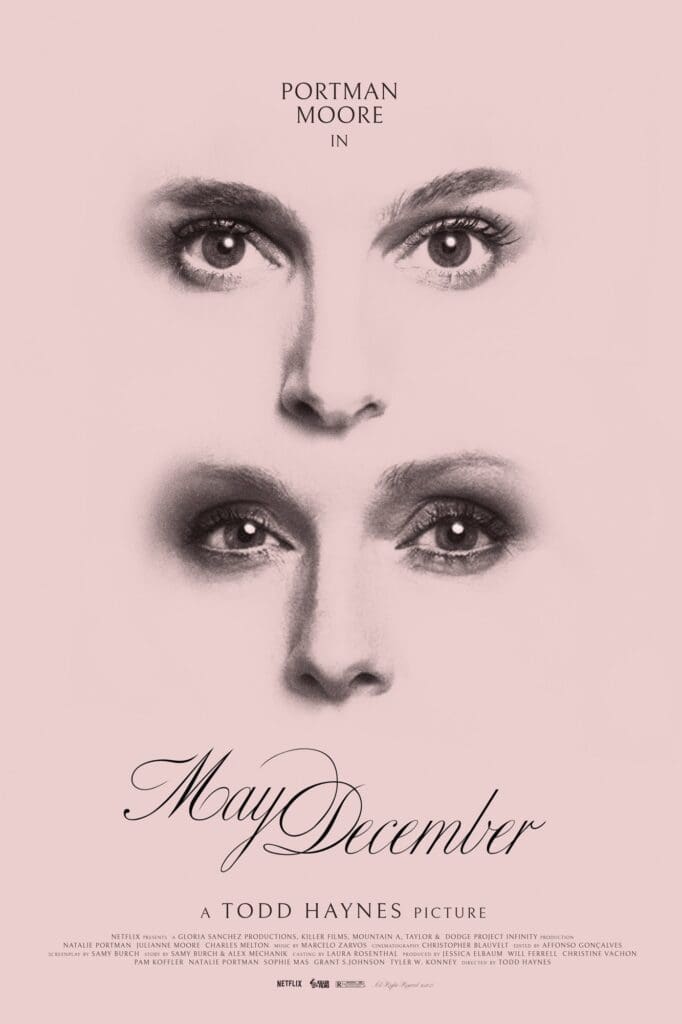
A few days ago, Variety published an opinion piece titled “Why ‘May December’s’ Use of ‘The Go-Between’ Score During Viral Hot Dog Scene Is Problematic”. Given the specific use of “problematic” in media criticism, this immediately piqued my interest. Knowing that May December utilized Michele Legrand’s score for The Go-Between, I couldn’t begin to imagine how this would somehow be offensive, but was keen to find out. The article – by the well-respected film music journalist Jon Burlingame – is offended by the music choice, but not in the way the title implies. Instead, the article’s thesis is that “[t]aking an old film score and dropping it into a new film is ‘like wearing somebody else’s underwear,’” so the act of recycling film music is, in itself, offensive. (Note: scroll to the bottom if you want to listen instead).
Reusing film music is not new. Dimitri Tiomkin used some of his music from Red River in the song “My Rifle, My Pony and Me” in Rio Bravo, and then used the Rio Bravo cue “De Guella” in The Alamo, while John Ford used the score for Young Mr. Lincoln in The Man Who Shot Liberty Valance (thanks to Frank Yan for the note). There are countless examples since (and probably many earlier ones as well), and the article even mentions Ridley Scott using excerpts from Jerry Goldsmith’s score to Freud in Alien (and, coincidentally, some score for Aliens, as well as for Man on Fire, made their way into Die Hard). The keen ear may notice these, but it’s nonetheless a fairly common and time-worn phenomenon. In fact, here’s a good post with a ton of other examples. So it’s odd that the article argues that reusing film music “is never a good idea” (although I’ll state my preference: write new music! hire composers!).
Unsurprisingly, this staunch position caught a lot of flak – and mockery. Saying it’s never a good idea is saying you know better than people like Tiomkin, Ford, and Ridley Scott, which is a bold statement. Now, any cue may still contain baggage from the film for which it was originally made, which can have unexpected or unintended effects on the audience member. Cues can also become so overused that, no matter how good the music is, they become stale and draw the ire of the viewer (something like John Murphy’s “Adagio in D Minor” from Sunshine, which, while great, has been used to death). But these are all true of other licensed music as well. Would that mean that preexisting music should never be used?
The composer Ronen Landa made a good point to me, arguing that the article is really saying one shouldn’t take an existing, iconic theme, decouple it from its source film, and then use it unironically and dramatically. After all, Legrand’s score is a classic and one of his most well-known. And I’d say this is a good point: it’s hard to imagine music like “The Raiders March” or “The Imperial March” being used as if Indiana Jones or Star Wars didn’t exist; it would be jarring for the audience and make them immediately think of those respective series. If you’re trying to draw that connection, such as in satire or parody, then it works. Otherwise, I can only imagine disaster. But is this necessarily true?
A somewhat less iconic recent example that I think does work is in the series Blue Eye Samurai, where a later episode uses part of the cue “Battle Without Honor or Humanity” by the musician Tomoyasu Hotei. This cue was made famous, it least here in the States, in Kill Bill (with Tarantino being renown for expertly using preexisting film score cues). But it was actually written for the 2000 movie New Battles Without Honor or Humanity. Since then, the cue has repeatedly been one of the highest grossing pieces of Japanese music from a royalties perspective; though it may not be as famous as other pieces of film music, it’s well known. But when I heard it in Blue Eye Samurai, my first thought wasn’t Kill Bill, a film I’ve probably seen a half-dozen times. Instead, it was “damn this music rips”. Now, this isn’t a flawless example: Kill Bill still entered my mind, and there’s an obvious parallel between a movie and a show each featuring a woman wielding a katana, out for revenge. The homage is there, but it works either way.
Even if you don’t fully buy that example, and even though leitmotifs like the Williams’ ones mentioned above are almost certain to pull the viewer into the source film – and out of the new film – there’s no reason to say one should never try. It’s dangerous, and maybe foolish, but if a director thinks they can make it work, why stop them? After all, art is about taking risks.
If you don’t want to read, then listen here instead:
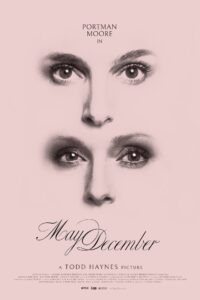
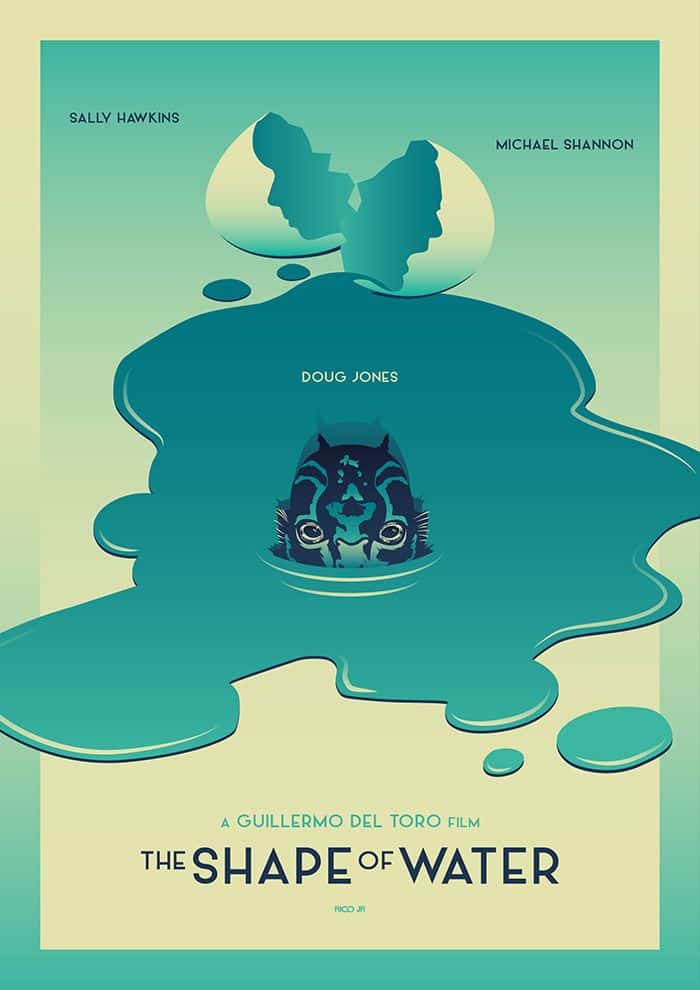
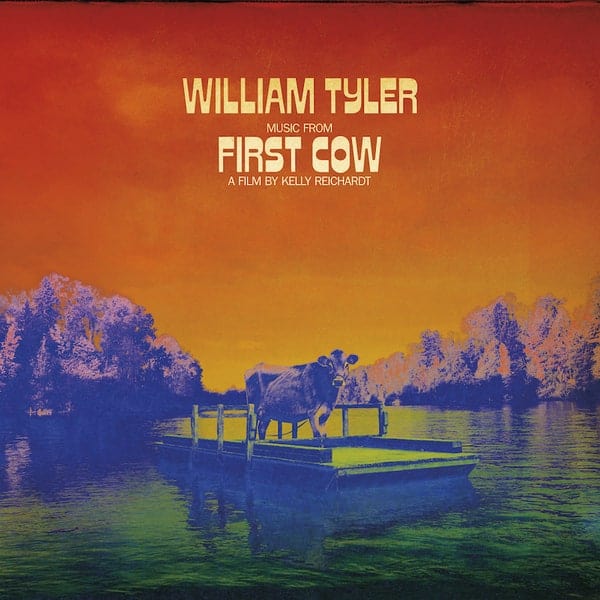
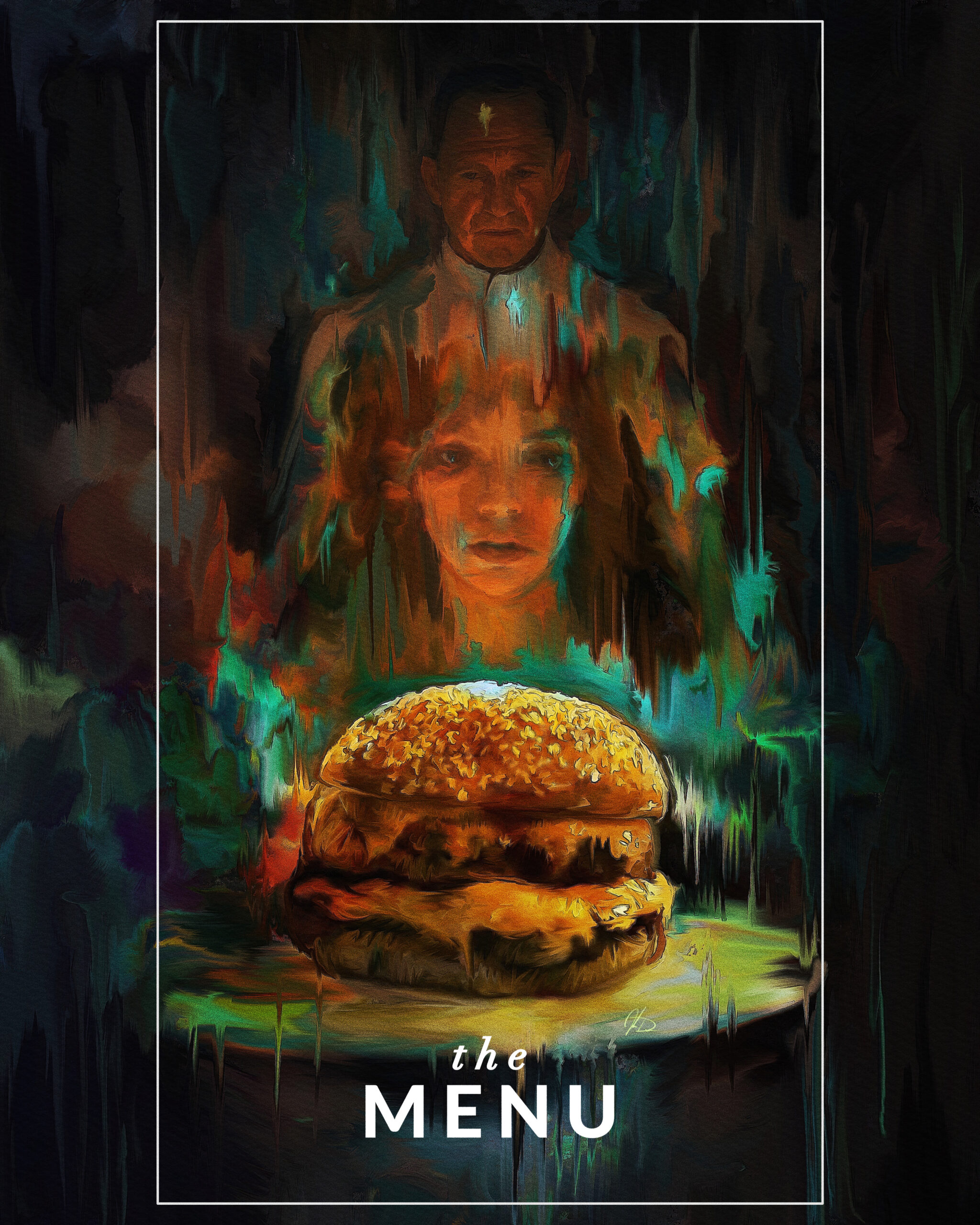
Great podcast……..
Too kind, thank you Gunnard!